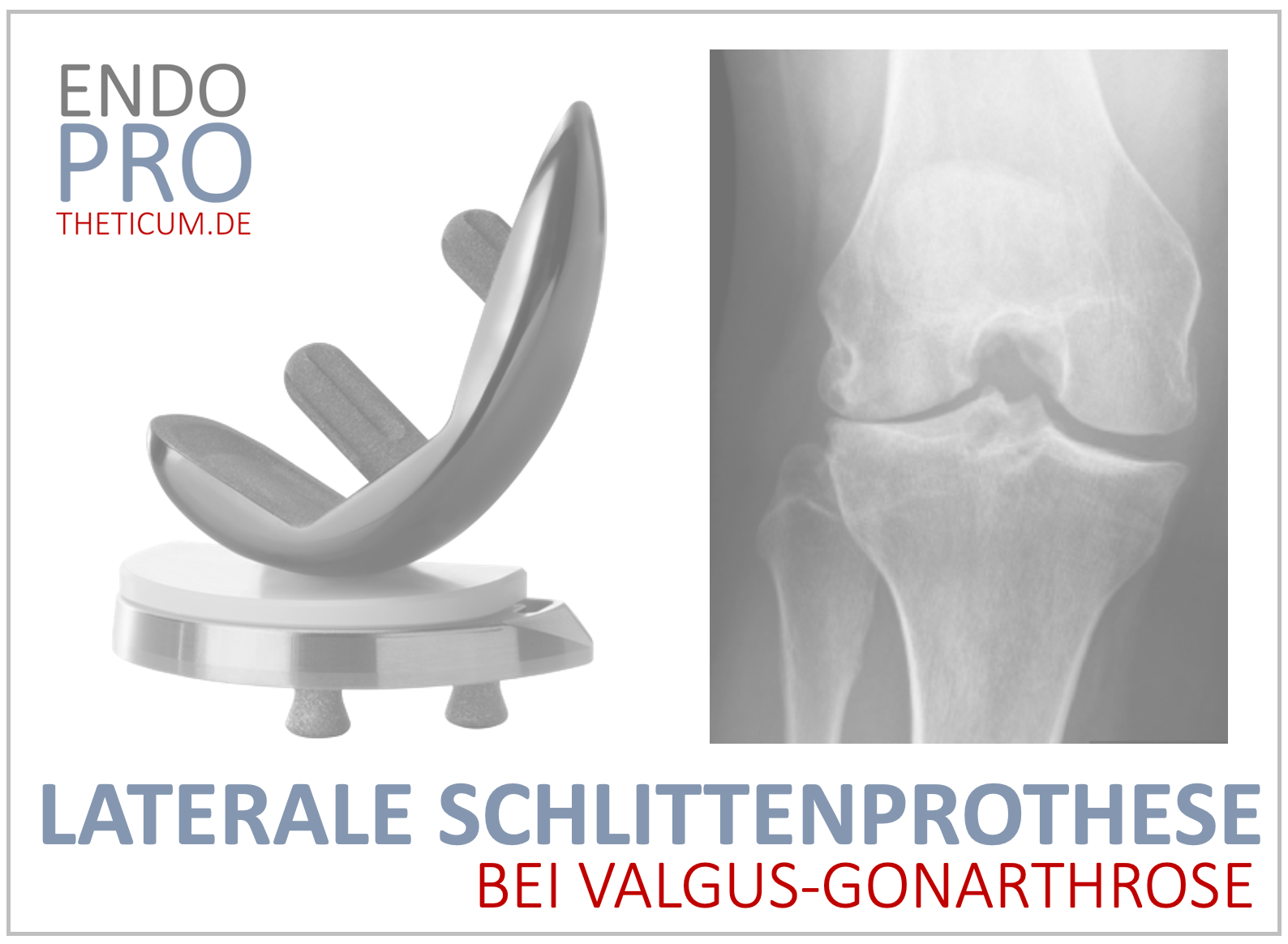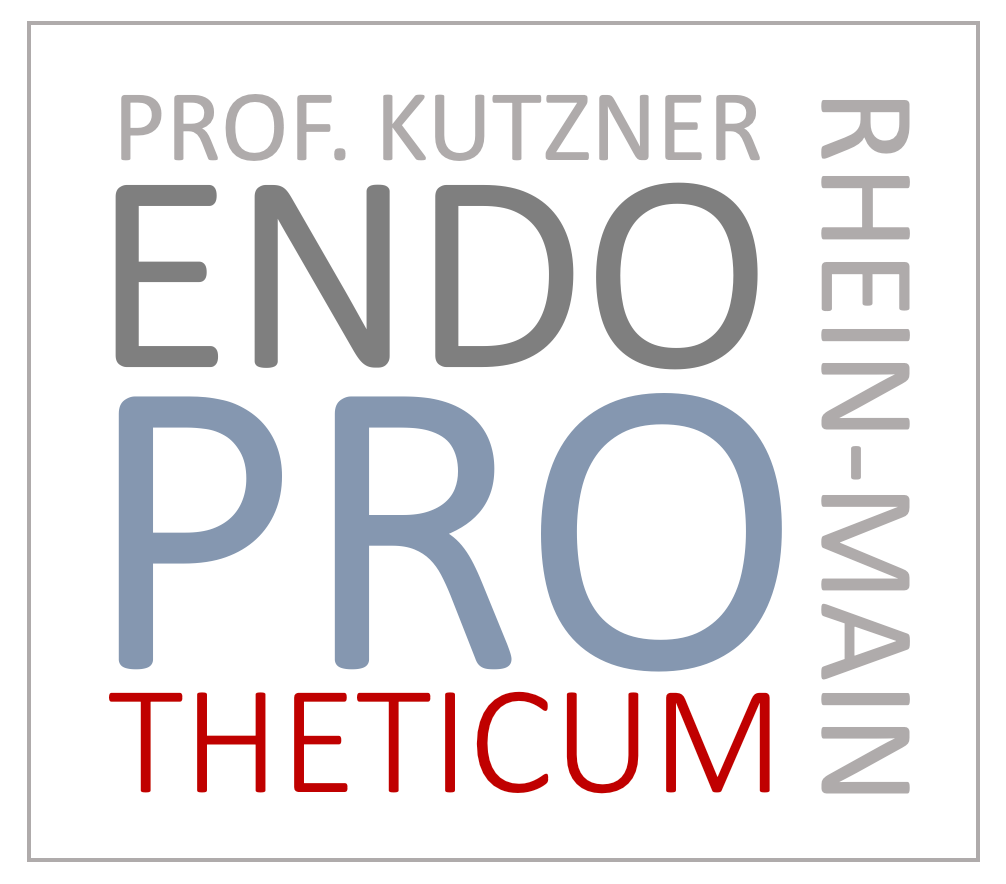Disadvantages of ceramic-on-ceramics sliding pairs for hip prostheses
Ceramic ceramics vs. ceramic polyethylene:
What are the advantages, where are the disadvantages?

In modern endoprosthetics, various lubrication pairings for hip prostheses (hip-tep, artificial hip joint) are available. One of these options is the ceramic-on-ceramic (COC) sliding pairing, in which both the hip head and the pan is made of ceramic. Although this pairing is known for its high abrasion resistance and biocompatibility, there are specific disadvantages that should be taken into account when making decision -making.
Ceramic-on-ceramics sliding pairs for hip prostheses long were considered a promising alternative to other material combinations. They were estimated for their high wear resistance and biocompatibility. However, with increasing experience and progress in other materials, it can be seen that the disadvantages of this pairing predominate in many cases. Today, ceramic-up-to-army polyethylene is considered a gold standard-but why?
What is a ceramic-up ceramic sliding pairing?
The lubrication pairing in a hip prosthesis describes the materials that move against each other in the joint. With a ceramic-on-ceramic sliding pairing, artificial hip joints consist of both the joint head and the joint pan made of ceramic material-mostly aluminum oxide or zirconium oxide ceramics. These materials are extremely hard and low -wear, which makes them particularly durable.
Advantages of ceramic-on-ceramics sliding pairings for hip prostheses
Before we devote ourselves to the disadvantages, it is important to understand the positive characteristics that make this lubricant pairing so attractive at first:
- Low abrasion: ceramic is extremely low -wear. This reduces the risk that particles get into the joint room and cause a so -called particle -induced aseptic loosening.
- Biocompatibility: ceramics is a very well tolerated material that hardly causes allergic reactions or inflammation.
- Smooth surface: ceramic surfaces are extremely smooth, which minimizes the friction in the joint and improves mobility.
- Longevity: Studies show that modern ceramic prostheses have a long service life - especially for younger, active patients, an important aspect.
Ceramic scores with its extreme hardness, high wear resistance and good biocompatibility. These advantages caused ceramic-on-ceramics to be considered ideal at times, especially for younger, active patients. Nevertheless, considerable disadvantages have emerged over time.
Main disadvantages of the ceramic-on-ceramic sliding pairing for hip prostheses
1. Break risk
Ceramic is a brittle material that can break under certain conditions, such as high loads or malpositions. Despite modern manufacturing methods, this risk remains, especially among younger and sporty patients. In the past, the risk of breaking was even significantly higher - due to improved manufacturing techniques and material compositions, it has become less common now, but in no way excluded. A break of the ceramic components is a serious complication and usually requires complex change surgery.
Why does ceramics break?
Ceramic is extremely hard, but also brittle. This means that it withstands high pressure loads, but is sensitive to shear forces and selective loads. Even small malpositions of the prosthesis or an uneven strain can cause microrises that lead to break in the long term. In the event of a fall, the risk increases.
2. Squeaking phenomenon
Another known problem is the appearance of squeaky noises, also referred to as "squeaking". These noises can significantly impair the quality of life of the patient and occur more frequently in COC sliding pairings than with other materials. Squeaking arises from frictional vibrations between the ceramic areas and is particularly audible for certain movements, such as fast rotations or large scale of movement.
Causes of squeaking
- Malance of the implants: Even small deviations in the position of the components can increase the risk of noise developments.
- Dry run: If the synovial fluid does not reach sufficiently between the sliding surfaces, there may be dry friction.
- Protection of the surface: microrises or bumps due to stress can favor the emergence of noise.
3. High precision requirements
The tolerance of ceramic-on-ceramic sliding pairings compared to deviations in the positioning of the head and pan is low. This requires a very precise, computer -supported planning and implantation to achieve optimal results. Even the smallest malpositions can lead to increased wear, noises or even breaks.
Technical challenges
- Angle -precise positioning: the pan angle and the alignment of the prosthetic property must be precisely coordinated.
- Soft tissue balancing: An uneven voltage of the surrounding muscles and capsule structures can lead to incorrect loads.
- Operative technology: Only experienced surgeons with modern technology can ensure precision that is necessary for this type of sliding pairing.
4. Costs and complexity
Ceramic-on-ceramics prostheses are more expensive than other sliding pairs such as ceramic-up-polyethylene or metal-on-polyethylene. The higher material quality and more demanding production are reflected in the price. In addition, the implantation is technically demanding, which can mean longer surgical times and potentially higher complication rates.
Alternative sliding pairs for the artificial hip joint
Due to the disadvantages mentioned, the use of ceramic-on-ceramic sliding pairings in hip endowletics is increasingly questioned. There are some alternatives that offer similar advantages but are less prone to complications:
- Ceramic-up-to-constroced polyethylene (Coxpe): offers a good combination of abrasion resistance and breach safety.
- Metal-on-polyethylene: a common choice, especially in older patients, but with a higher abrasion.
- Metal-on-metal: Due to metal abrasion and potential metalion release, hardly in use.
Why ceramics on highly networked polyethylene is the current standard
In recent years, another material combination has proven to be superior: ceramic on highly networked polyethylene. This pairing combines the advantages of ceramics with modern developments in the field of polyethylene inlays.
Highly networked polyethylene - what makes it so special?
Highly networked polyethylene goes through a special manufacturing process in which the polymer chains are more closely connected. The result is a material that is significantly more abrasion -resistant and durable than earlier polyethylene variants. In addition, it remains elastic enough to better compensate for misalignments or small load deviations.
Advantages of ceramic-up-to-constructed polyethylene
- Reduced abrasion: Highly networked polyethylene produces significantly fewer abrasion particles compared to conventional polyethylene, which minimizes the risk of loosening and osteolysis (bone loss through particle reactions).
- No noise: In contrast to the ceramic-on-ceramic sliding pairing, there is no squeak.
- Higher breach of breakage: ceramic heads remain, but the polyethylene inlay brings an additional buffer that significantly reduces the risk of breaks or splinters.
- Adaptability: Highly networked polyethylene tolerates minor malpositions better and reduces Edge Loading's risk.
- Cost efficiency: The combination is cheaper to manufacture and use as a pure ceramic-on-ceramic sliding pairings.
Conclusion: Why ceramic-up-to-constructed polyethylene is a safe choice
Ceramic-on-ceramics sliding pairs undoubtedly have their advantages in the hip endowetics-especially with regard to abrasion resistance and biocompatibility. Nevertheless, the disadvantages predominate: noise formation, risk of breakage and the low fault tolerance for many patients make it a less ideal solution.
Modern lubricating pairings made of ceramic on highly networked polyethylene today offer a better balance of durability, resilience and patient satisfaction in hip prostheses. They minimize abrasion, are quieter and less susceptible to break - properties that are particularly important for active patients. If you need a hip prosthesis, you should therefore take a close look at the advantages and disadvantages together with your treating doctor- and keep an eye on the newer, proven alternatives.
MAKE AN APPOINTMENT?
You are welcome to make an appointment either by phone or online .




























